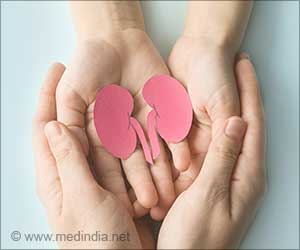Is it possible to detect drug toxicity at an early stage? Yes, researchers have engineered an artificial kidney that allows for the early detection of adverse drug reactions.

Drug Toxicity Evaluation Based on Organ-on-a-Chip Technology
Recently, a research team engineered an artificial kidney that allows for the early detection of adverse drug reactions. Nephron is the fundamental structural and functional unit in the kidney. It encompasses a network of small blood vessels called the glomerulus, twisted into a convoluted thread-like shape, contributing to forming a kidney corpuscle along with glomerular capsules.‘Newly fabricated perfusable chip permits the co-culture of functional markers of cells present in the kidney.’





It also plays a role in removing waste from the blood. When an excessive quantity of drugs is administered, the nephron is often the first organ to exhibit drug toxicity in the body.Given this challenge, efforts have been directed toward the development of artificial organs that can determine the degree of toxicity induced by specific drug concentrations and combinations before actual drug administration.
However, it should be noted that the glomerulus is responsible not only for regulating endothelial cells but for selectively releasing proteins. This function requires interactions of podocytes and GBM proteins and is executed at a microscopic scale, making its emulation difficult.
The team successfully fabricated a glomerular microvessel-on-a-chip that recapitulates the intricate arrangement of the glomerular endothelial cells, podocyte layers, and GBM in a single step. This perfusable chip permits the co-culture of monolayer glomerular endothelium and podocyte epithelium, which demonstrate mature functional markers of glomerular cells.
Moreover, the proper interactions between these cells lead to the production of GBM proteins, the key components of the GBM in vivo. Additionally, the team assessed the selective permeability capacity, a hallmark function of the glomerular filtration barrier in this novel glomerular model as well as evaluated the response of this model to Adriamycin- and hyperglycemia-induced injury.
Advertisement
Source-Eurekalert















